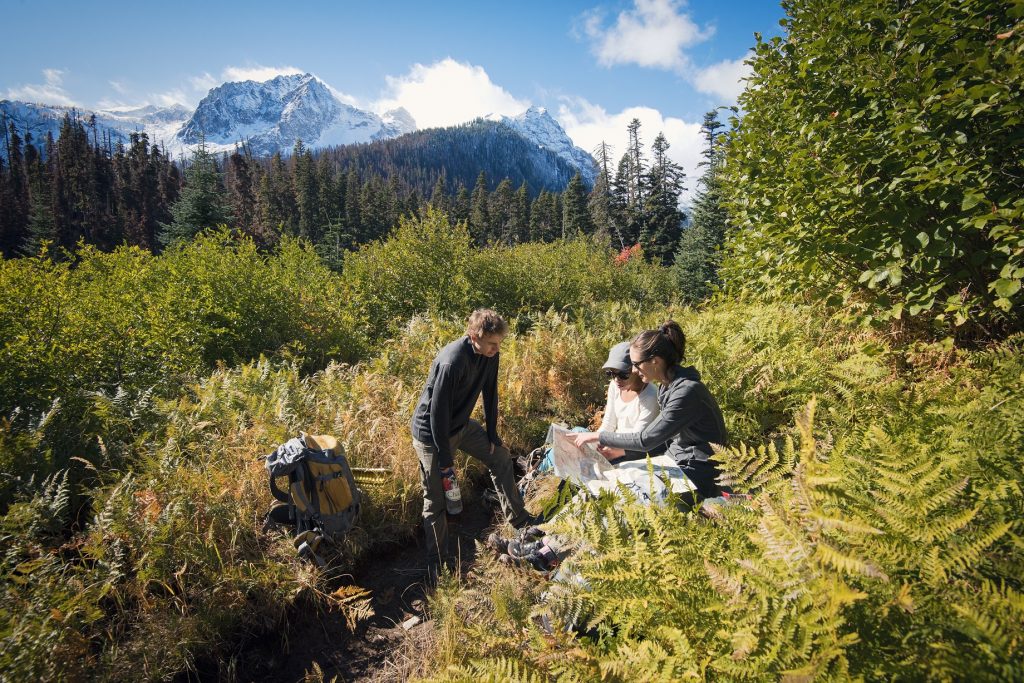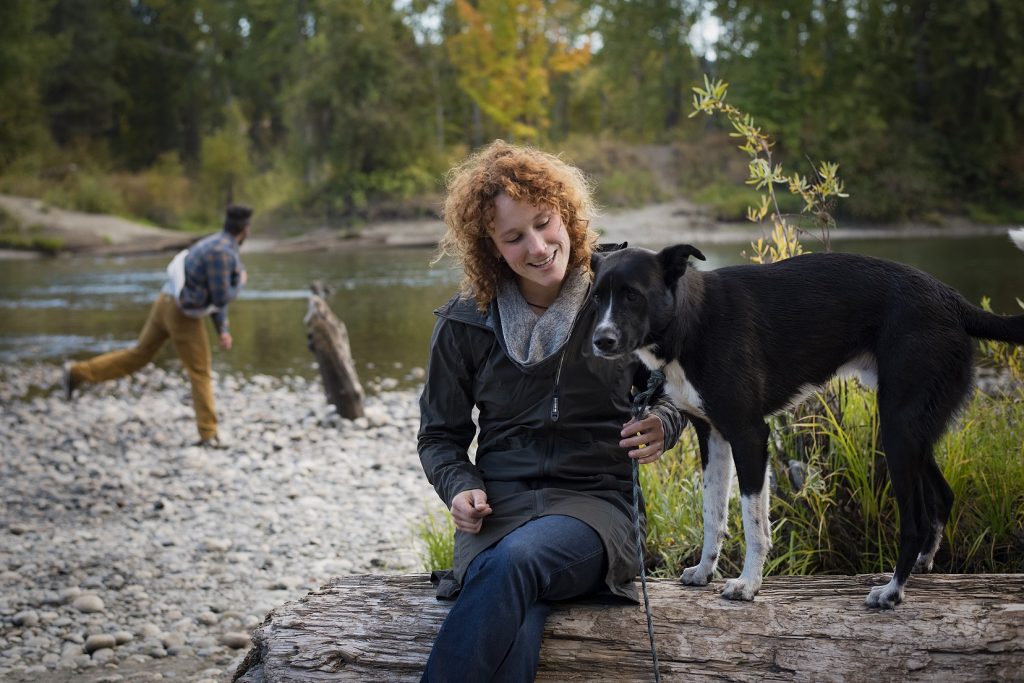
On the Hunt for Antler Sheds
Table of Contents [Show]
Have you ever experienced the thrill of finding a bone-white antler in the wild? My first find was about the size and shape of a church key can opener, probably from a yearling buck. I was over the moon, and I'm sure my seasoned hiking companions thought I was a complete idiot after all my squealing and gleeful bouncing around. That was years ago. I'm a little less wet behind the ears now, but the thrill has hardly faded. Cervids—members of the deer, elk, and moose family—drop their antlers toward the end of winter, when new bony growth emerges. Also called sheds antlers are worth as much as $15 per pound to buyers, or hundreds of dollars for matched pairs. This is only one reason why antler hunting is becoming such a popular outdoor activity. Mine? I'm dying to get out to the parts of my property and adjacent state land that I can't reach in the wintertime. I don't really need an excuse, but I'm always chasing the fix I get when I come across a newly-dropped shed.
Shed Hunting Laws and Ethics
Most regulations on antler gathering address property rights and wildlife protection. Outdoor Empire maintains a state-by-state map of laws pertaining to antler collection, but given the rapidly-growing popularity of antler hunting, states are scrambling to create specific legislation. In some areas, you might fall into the gray areas of default possession regulations—laws that prohibit having parts of game animals without a license or tag. Be sure to check with your local fish and game department for clarification before you go out. Here's something that most antler hunting articles fail to mention: Do your best to not disturb any cervids you see! Especially after a hard winter, they need every available calorie to survive until spring forage growth. This is particularly true of pregnant cows and does. GearJunkie recently posted a great article on the subject, so take their talking points into consideration before you plan your trip.

When, Where, and How to Search for Antler Sheds?
Ideally, it's best to go when the snow is mostly melted and grass growth hasn't kicked into high gear. Wet, rain-sodden ground compresses old leaf litter, making it easier to spot your targets. If you're more concerned about the pressure on wildlife than you are in finding sheds, you can go anytime of the year (though they're hard to find in deep snow or high grass) and still have good luck, especially if you have access to private land. Some swear by overcast skies for better visibility, and others wear polarized sunglasses to cut down glare. Don't wait until the conditions are right, though. Just get out there and adapt your strategy.
Choose your hunting grounds
Pick an area on public or private land where you can leave developed trails and roads to look for signs of cervid activity. Do a little recon on your favorite satellite imaging site, preferably one with a topo overlay. Have you noticed elk trails crisscrossing someone's undeveloped land? Not too long ago, we'd have to look up plat maps and tax records, or ask around town to track down landowners for access permission. GPS, phone, and computer mapping applications such as OnX and Gaia feature map overlays with boundaries and property owner names. You'll still have to find the landowner's contact information, but still, you'll have saved yourself an afternoon spent in a dusty courthouse basement. When asking the landowner for permission, don't be pushy. Expect them to want to meet you face-to-face, and be prepared to sweeten the deal by offering to pick up any windblown litter you happen to find, or alerting them of damaged fences or suspicious activity. Ask for a letter of permission in case a neighbor spots you on the property, and keep it with you when you go. Wherever you have access, it never hurts to do a little winter scouting to find out where the animals were hanging out or passing through. It's a great excuse to take up snowshoeing!
Likely spots for antler drops
Cervids spend their winters scrounging for food, including old crop stubble, grass, acorns, fallen fruit and nuts, twigs, and last spring's tree growth. They seek shelter under shrubs and dense evergreen trees in harsh weather, and sometimes browse on south-facing slopes on clear, sunny days. Look for fields and orchards with wide, wooded boundaries, and check forests fire scars or clear cuts where baby conifers are popping up. I score the most antlers when I follow deer trails and potential pathways between bedding and feeding areas. You've got to check out these videos when the photographer got incredibly lucky with their timing:
- Something's loose, Mister Moose
- Buck "yard sales" both antlers at once
- Buck does the hippity-hop antler drop
A Note on Antler Hunting Dogs
You've heard of sled dogs,but did you know about shed dogs? Some breeders and trainers specialize in creating the perfect canine shed sniffer (or retriever), but there are resources to help you train your own dog. When I visited my sister's place in western Montana—she has 80 acres of mixed conifers—my dog ranged the woods and returned with four whitetail antlers in two days. But if I actually take her out to look for sheds, she's too interested in ground squirrels to be of much help. We're working on it, though. Even if your own dog turns out to be more interested in sticks and elk poop, you'll have a buddy to keep you company. Just make sure you don't bring along a deer-chaser.

Quick Tips for Successful Antler Shed Hunting
All the standard rules of hiking apply when you head out on your hunt. Bring a first-aid and emergency kit, and tell someone where you're going and when you'll be back. Always check the weather forecast before you head out, and make sure you've stashed extra wool socks, rain gear, and a lightweight down jacket or vest in your pack. Bring energy bars and water. Here are some particularly handy tips for antler hunting:
- Tell the bears you're there. In early spring, bears are staggering out of their winter dens. Read this article on avoiding bear confrontations, but the takeaway is simple: Carry bear spray, and make noise to avoid surprises. This will also give the cervids advance warning, allowing them to move on at a leisurely pace.
- Wear rugged, breathable clothing. You'll want a balance of breathability and toughness, since you'll be moving through brush now and again. Spring weather is mercurial, and you'll be covering varying terrain at wide-ranging exertion levels, so don't let yourself get sweaty!
- Don't get tunnel vision. Look up every once in while to reset your focus. Sometimes, you'll go right past an antler because you're not using your peripheral vision, or you're laser-focused on one spot. Stop and look at the ground the way you'd look at an optical illusion, slightly unfocused. Your brain will notice pattern anomalies.
- Bring a high-quality GPS. Not many consumer-grade models work well in tree cover, so check online reviews. Also, your phone might not have service out in the boondocks. You can mark bedding and feeding areas for your next trip, and drop a pin for each antler find. A GPS can help you out of the woods if you get lost.
- Bring a walking stick. Mud, slippery old leaves, and unstable footing are seasonal challenges in the great outdoors.
- Wear a backpack. Lightweight backpacks with lots of attachment points let you carry your sheds and leave you hands-free.
- Cable ties: Buy quality cable ties (six inches long or more) that can handle a bit of torsion. Bring a knife so you can adjust attachment points and prevent yourself from falling backwards or popping your trail buddy in the eye.
- Breathable mesh bag: Antler hunting season and morel hunting season tend to overlap. Even if you get skunked on your shed escapades, you might find plenty of mushrooms!
Antlers Aren't Everything
Don't be so focused on finding sheds that you don't enjoy your time outside. Snap some pics of early wildflowers, and take breaks to close your eyes and take in the sounds. If you're like me, spring is your favorite time to be out in the woods. If you happen to score some gorgeous deer or elk sheds, that's awesome. If you don't? Stash those cable ties with your hiking pack! There's always the chance you'll happen across a magnificent antler—or even a matched pair—when you return for your summer adventures.
Featured image by Byron Johnson.


